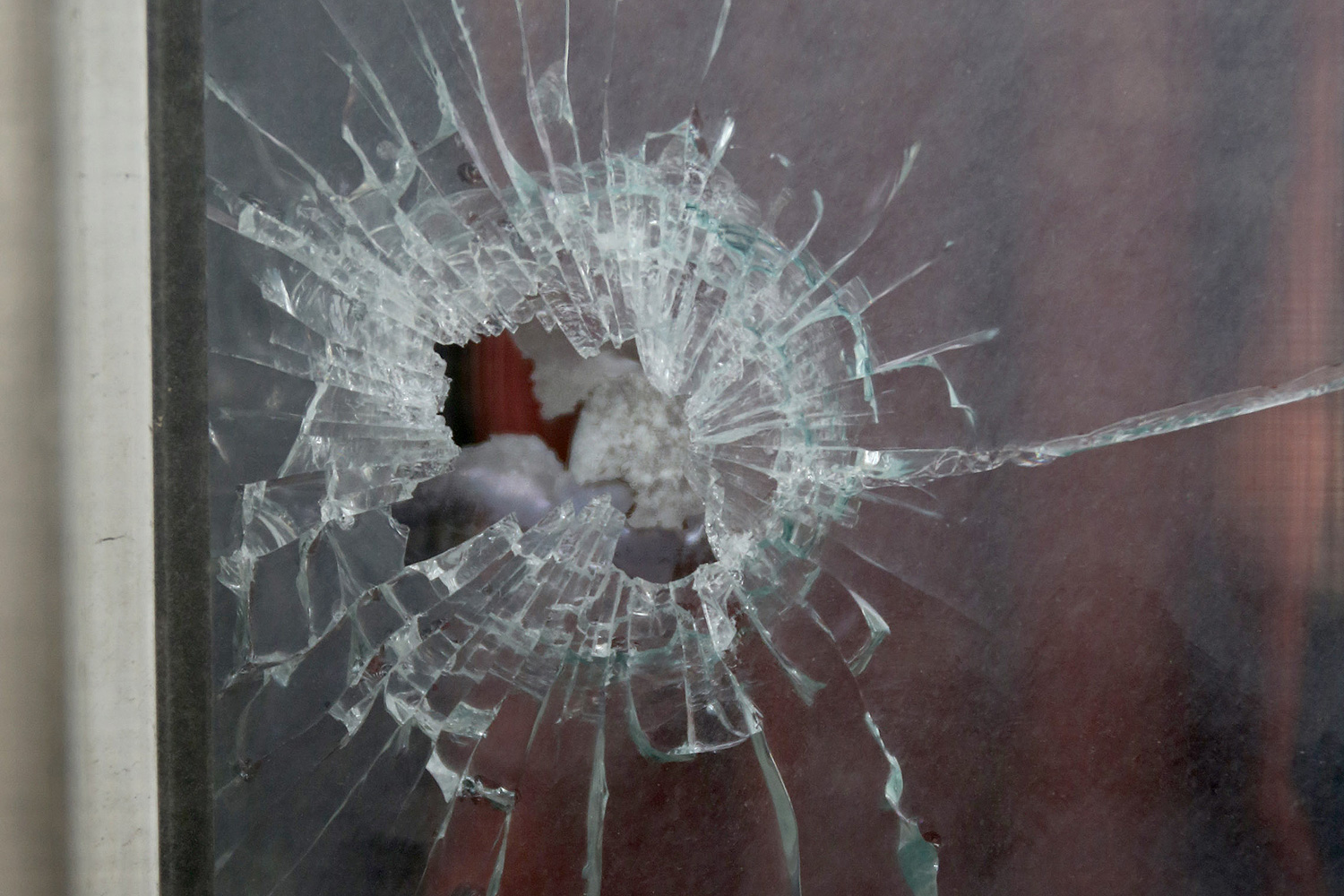On Sunday, the American Medical Association kicked off its annual meeting in Chicago, just hours after the Orlando shooting that claimed 49 lives. Yesterday, it announced a response.
"Even as America faces a crisis unrivaled in any other developed country, the Congress prohibits the CDC from conducting the very research that would help us understand the problems associated with gun violence and determine how to reduce the high rate of firearm-related deaths and injuries, AMA president Steven Stack said in a statement. "An epidemiological analysis of gun violence is vital so physicians and other health providers, law enforcement, and society at large may be able to prevent injury, death and other harms to society resulting from firearms."
In doing so, the Chicago-based group declared its intention to lobby Congress on the ban with a near-unanimous vote.
It's not for the first time, nor for the first time recently. Last month it signed on to a letter urging its repeal along with 140 other medical groups; it did the same thing in 2013, the same year it expressed support for a stronger assault-weapons ban.
A "ban" is a bit of an exaggeration for the legislation that curtailed CDC research on gun violence. It's more of a soft ban, or a prohibition on the kinds of recommendations that researchers can make from their work. And it's just one line in a huge 1996 omnibus bill: "none of the funds made available for injury prevention and control at the Centers for Disease Control and Prevention may be used to advocate or promote gun control."
Oddly, the Dickey amendment, named after its author, Arkansas Republican Jay Dickey, stemmed from what would, in that context, seem like a fairly anodyne CDC-funded study. It was published in the New England Journal of Medicine in 1992: "Suicide in the Home in Relation to Gun Ownership." And the conclusions were not terribly surprising:
Our results offer strong evidence that the ready availability of guns increases the risk of suicide in the home. Homes with handguns and homes where firearms were not locked up or were kept loaded were even more likely to be the scene of a suicide than homes where firearms were kept securely stored. Few victims acquired their guns within hours or days of their death; the vast majority had guns in the home for months or years.
The authors' conclusion took no position on gun control: "People who own firearms should carefully weigh their reasons for keeping a gun in the home against the possibility that it may someday be used in a suicide." That's it. Just advice to private citizens.
But the NRA went hard against the CDC, which had been ramping up its research into firearms over the prior decade; Congress voted to cut the CDC's budget by the same amount it spent on that research:
Rep. Michael N. Castle, a Delaware Republican who led the attempt to restore funding, said yesterday that representatives of the NRA had lobbied hard, paying personal calls on many House members.
Castle said he could pretty much tell which members had received visits – he could “see it in their eyes.''
He was surprised, he said, that the NRA went all-out. “This wasn't a major issue,'' Castle said, compared with, say, a House vote earlier this year to repeal a ban on private ownership of certain assault weapons.
So it wasn't a "ban," but the message was received. Funding dropped, then dried up to nothing.
But the tide is turning back. Last year Jay Dickey himself, in collaboration with his former CDC foe Mark Rosenberg (both are NRA members), proposed that the CDC be given funding specifically for gun-violence prevention. Dickey and Rosenberg wouldn't rewrite his old amendment, just clarify that it's not meant to discourage CDC-funded research on the topic. In doing so, they hit on a metaphor many gun-research proponents use to guide their thinking:
[S]cientific research helped reduce the motor vehicle death rate in the United States and save hundreds of thousands of lives — all without getting rid of cars. For example, research led to the development of simple four-foot barricades dividing oncoming traffic that are preventing injuries and saving many lives. We can do the same with respect to firearm-related deaths, reducing their numbers while preserving the rights of gun owners.
In the years since the CDC suicide study, the firearm death rate in the United States declined precipitously, though that decline was largely limited to the years between 1993 and 2000; it's stagnated since, and the rate of suicides by firearm has increased recently. Because the firearm death rate has stagnated while that from motor vehicles has continued to decline, they were basically equal last year.
The Institute of Medicine already has a plan for subjects to study with increased government support; ironically, there's evidence to suggest that some of the results might support the claims of gun-rights activists. To find out, there will have to be the political will to do more research, but the good news is the barriers are lower than are often assumed.



